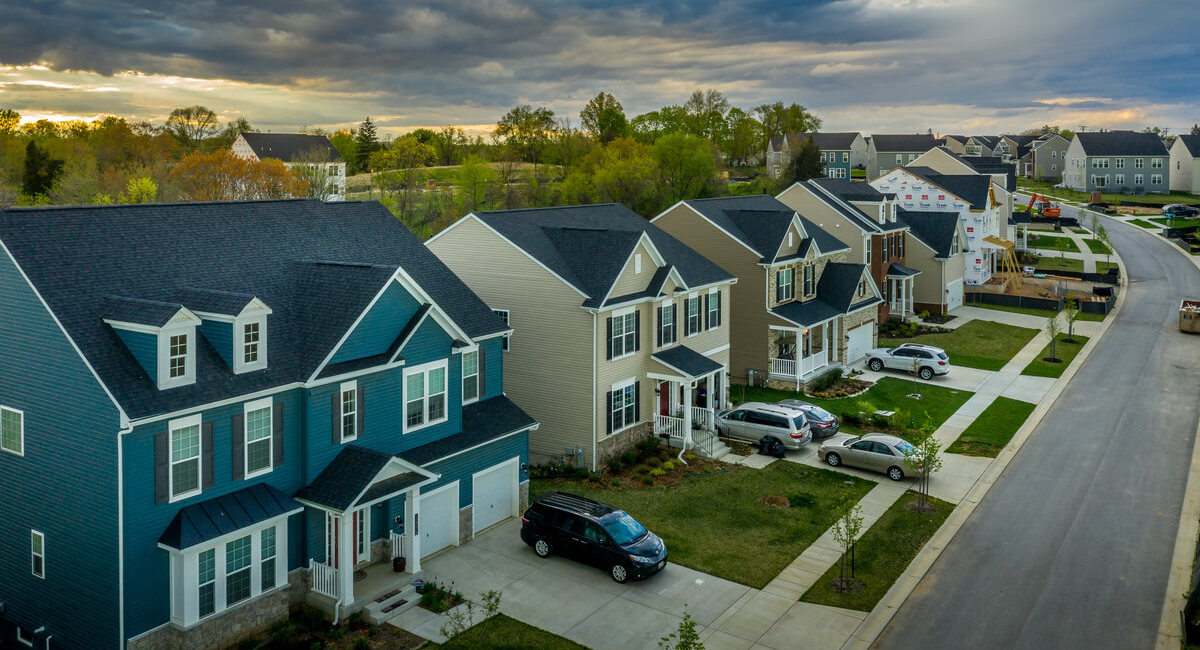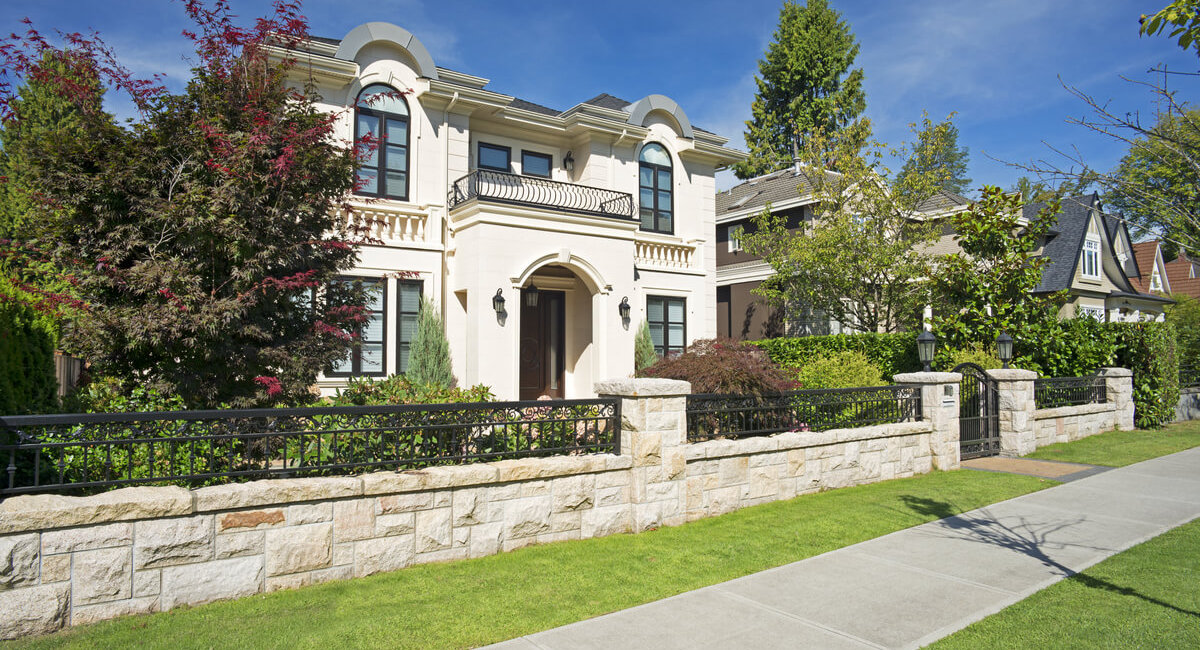Choosing where to live is one of the most impactful decisions you’ll ever make. Your location determines your lifestyle, your career possibilities, your recreational opportunities, your social circle, and more.
Some people know exactly where they want to settle down, and others feel like they’re aimlessly searching for a place where they belong. If you’re not sure where you want to live, you have to consider your options carefully. Here are eight factors that can help you decide whether a neighborhood is the right fit for you:

1. Population Density
The first thing you should consider when choosing a neighborhood for your home search is whether you want urban, suburban, or rural living. All options have their advantages and disadvantages, so it comes down to your own personal preference.
Rural neighborhoods can be less expensive and offer larger plots of land and more access to nature. Urban communities are rich in amenities and activities. Suburban neighborhoods can provide a sense of community and connection without the noise and bustle of the city.
You should consider your current lifestyle as well as your future plans when deciding which style of neighborhood is best for you. For instance, a young professional might desire city living now, but they may prefer to move to a suburban or rural community when they have children.

2. Community Amenities
Access to community amenities can be another key consideration for some home buyers. Here are some of the local resources that might be important to you as a homeowner:
- Rec center
- Parks
- Library
- Museums
- Community garden
- Farmers’ market
- Public pool
- Walking trails
- Senior center
Think about which locations or services you actively use right now. Do you take frequent trips to the library or walk your dog at a local park? You should narrow your home search to communities that offer these amenities.
On the other hand, if you keep to yourself and rarely seek out these resources, you don’t need to consider them during your search. You might even have better luck making offers on homes in communities with fewer amenities because these neighborhoods are less sought-after.

3. Transportation
Transportation to, from, and within your neighborhood can have a significant impact on your quality of life. Do you use a car for all your transportation, or do you need to live somewhere with reliable public transit? How long will your commute to work be? Is there traffic during commuting hours?
To determine whether a neighborhood has adequate transportation, do some test runs of your commute to work or other regular trips you make. Whether driving or using public transportation, these trial runs can give you a great idea of what your daily routine will look like if you move to the neighborhood.
Walkability is an important consideration for some homeowners, too. The website Walk Score evaluates the walkability of neighborhoods based on their proximity to stores and community amenities as well as their safety features, such as sidewalks, crosswalks, and streetlights.
4. Culture and Lifestyle
Every area has a unique culture, so you should consider your own lifestyle when choosing a neighborhood to live in. Culture can include nationality, ethnicity, or religion, but it’s also determined by values, communication styles, traditions, and social norms.
Talking with people who live in the neighborhood can help you get an understanding of the area’s overall culture. The local Facebook groups and Nextdoor pages can also show you how people in the neighborhood communicate, what values they share, and what they do for fun.

5. Schools
If you have children or plan to have children, the quality of the local schools is probably one of your biggest considerations when evaluating a neighborhood. Websites like GreatSchools and Niche offer a wealth of information on school ratings. The following are some of the metrics that can help you determine the quality of a school district:
- Graduation rates
- Test scores
- Student-to-teacher ratios
- Attendance rates
- Class sizes
- Sports and extracurriculars
Even if you don’t plan to have children, purchasing a home in a good school district has its benefits. Property values tend to rise faster in neighborhoods with strong schools, so your home will likely have great resale value.

6. Safety
Looking at the safety statistics for a neighborhood can also help guide your decision. Not only is safety important for your own personal well-being, but it can impact the value of your home.
There are a number of crime mapping websites that show the frequency of crimes in any neighborhood. For example, SpotCrime collects data from police reports and allows you to search by zip code or address. Facebook, Nextdoor, and other social media sites can also be a good way to gauge local crime rates and whether residents are concerned about their safety.
Keep in mind that the number of crimes in an area will be correlated to its population. If you compare a larger city and a smaller town, the larger city will appear to have more crime. However, the city may actually have fewer crimes per person than the small town.

7. Cost of Living
Affordability is always a factor when choosing where to live. Not only should you consider the housing costs, but you should also look at the cost of utilities, groceries, gas, and other regular expenses. These costs can vary dramatically from place to place and can have a huge impact on your budget.
Researching the state and local tax rates is essential, too. Moving from an area with low taxes to high taxes could greatly affect your take-home pay. Property tax rates vary widely as well.
8. Future Growth
No neighborhood stays exactly the same forever. Predicting the future growth of an area can help you determine whether you can see yourself living there for a long time and whether your house will rise in value.
First, look at the trend of home prices in the area. If prices have been rising quickly in the last few years, the neighborhood is probably going through a period of rapid growth. Purchasing a house in this area now could result in a great return on investment. You can also research development plans for the neighborhood to see if there are plans to build new houses, apartment complexes, or shopping centers.
Finding the right neighborhood for your lifestyle isn’t easy. There are numerous factors to consider, including transportation, amenities, recreation, safety, and affordability. You have to research every aspect of a location to decide whether it’s the right fit. Fortunately, learning about different neighborhoods is easier than ever with online tools and social media. As long as you take your time when researching, you’re sure to find a location that meets your needs.


